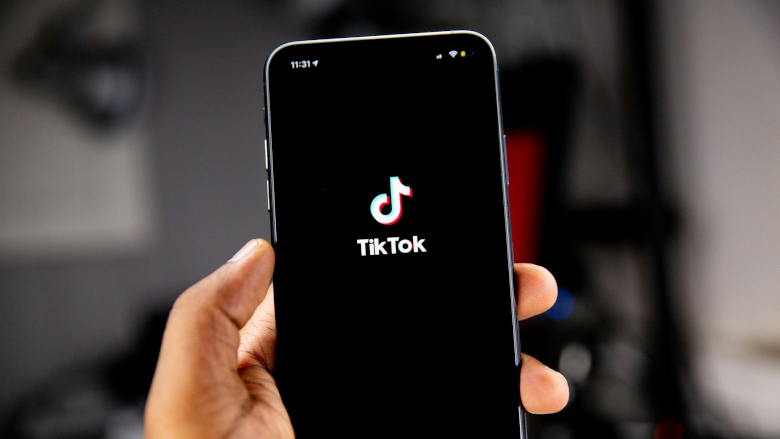AI-enabled data collection and the regulatory landscape
As the world embarks on the Fourth Industrial Revolution, one major contributor is Artificial Intelligence (AI), specifically its ability to collect, process and analyze massive quantities of data at incredible speeds. Already, innovative enterprises are utilizing various AI tools and methodologies, such as web crawling, social media monitoring and digital analytics to anticipate emerging trends, deliver highly personalized customer services and boost productivity through finely tuned business operations. While it is undeniable that AI has…
Read More
.jpg?height=635&t=1714668858&width=1200)






.jpg?height=635&t=1704460350&width=1200)


